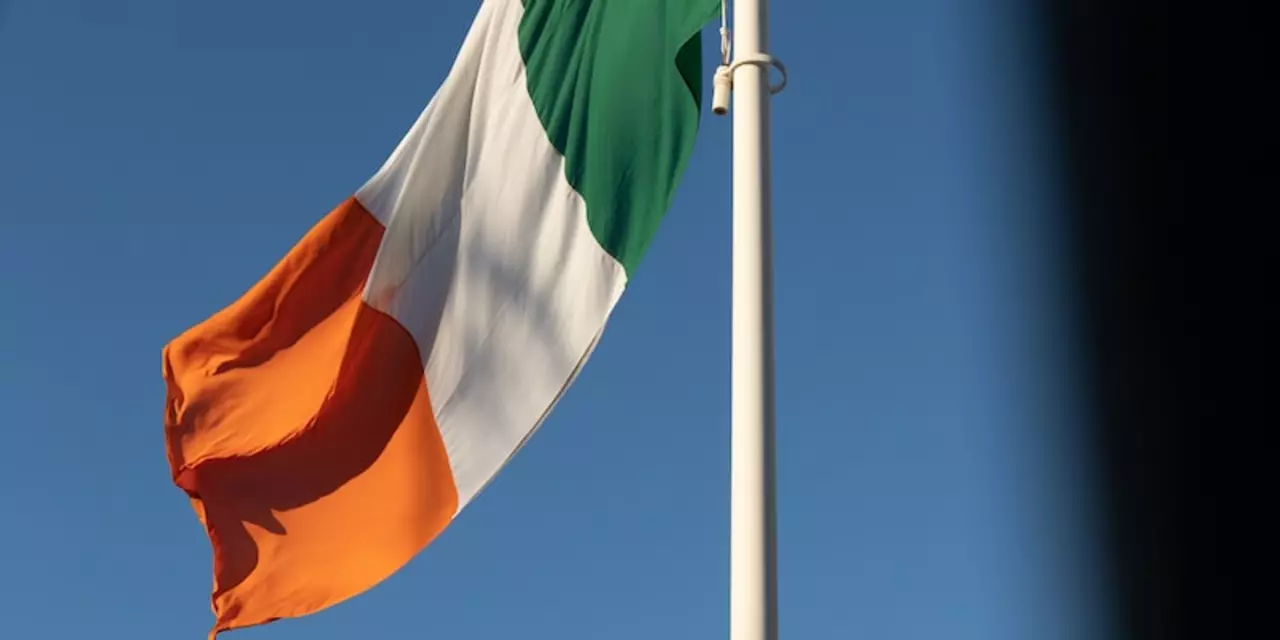Genealogy & Family History: Simple Steps to Trace Your Roots
Ever wonder who your great‑grandparents were or where that family name came from? You’re not alone. Millions of people start a family‑history project and quickly get stuck on where to look first. The good news is you don’t need a fancy degree or a mountain of money to make progress. A few smart moves and the right tools can give you a clear picture of your ancestry.
Start with What You Already Know
Grab a notebook or open a digital file and write down everything you remember: names, birth dates, places, and any family stories you’ve heard around the dinner table. Talk to older relatives – grandparents, aunts, uncles – and ask specific questions. “Where was Grandma born?” or “What was Dad’s original last name?” works better than a vague “Tell me about the family.” Record their answers word‑for‑word; you might catch a misspelled name or a nickname that later proves crucial.
Once you have a basic list, use free online databases like FamilySearch or FindMyPast. Enter the details you have and see what pops up. Birth, marriage, and death records are often the first concrete pieces you’ll find. If you hit a roadblock, consider broadening the search radius or trying a different spelling. Many records were handwritten, so “O’Connor” might appear as “OConnor” or “Ó Conor.”
DNA Testing: A Shortcut to Hidden Connections
DNA kits from companies like AncestryDNA or 23andMe can be a game‑changer. When you submit a saliva sample, the lab compares your genetic markers to millions of other users. The result? A list of potential relatives and an ethnicity estimate. For example, one of our readers asked, “Where are modern Irish people descended from?” The answer highlighted that most Irish folks carry the R1b marker, a sign of ancient Celtic roots, plus traces of Norman, Viking, and British influences. That kind of insight can point you toward specific regions in Ireland to explore further.
Remember, DNA isn’t a magic wand. It gives clues, not a full family tree. Use the matches it provides as leads – reach out politely, share what you know, and see if they have records that fill the gaps.
Combine DNA with traditional research: match a DNA‑identified cousin’s surname to a census record you found, or use a DNA‑suggested region to narrow down church archives. The more pieces you connect, the clearer the picture becomes.
Finally, keep your findings organized. Use a free family‑tree program like Gramps or a simple spreadsheet. Tag each fact with its source – “census 1900, page 23” or “DNA match #45.” This habit saves time when you later need to verify or share your story.
Genealogy is a puzzle, but you don’t have to solve it alone. Start with family conversations, tap free record sites, try a DNA test for hidden links, and keep everything tidy. Before you know it, you’ll turn vague anecdotes into a solid family narrative you can proudly share with the next generation.

Where are modern Irish people descended from?
Modern Irish people are largely descended from two main groups: Gaelic Irish, who are descended from the Celts who arrived in Ireland around 500 BC, and Norman Irish, who are descended from the Norman invasions of 1169. The two groups have intermingled over the centuries, leading to a mix of genetic markers and cultural influences. The most common genetic marker in modern Irish people is R1b, which is associated with both Gaelic and Norman ancestry. Additionally, there is evidence of Viking, English, and Scottish influence in modern Irish people. Overall, modern Irish people are a diverse mix of many different ethnic and cultural backgrounds.
© 2025. All rights reserved.